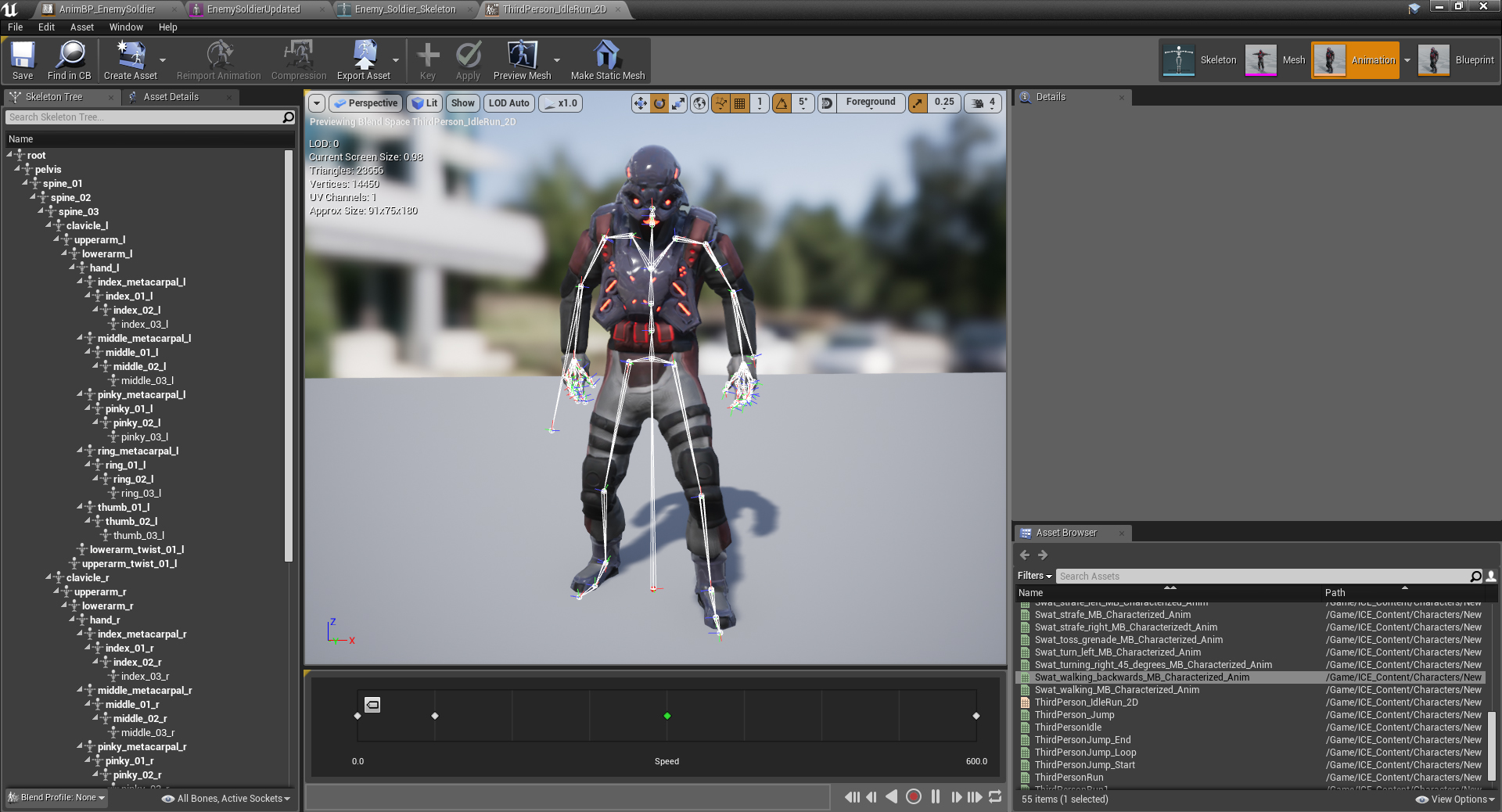

To set the desired frame rate, change is an optimization issue which is both good and bad. The application has to be optimized sufficiently to allow for a higher framerate. If your application involves heavy computation or rendering and can maintain only 15 frames per second, say, then setting the desired frame rate higher than fifteen wouldn’t give any extra performance. You will need to experiment with your choice of framerate to determine how it affects gameplay in your case. Conversely, you can increase the framerate to give the rendering priority over other activities such as touch input and accelerometer processing. You can lower this number to save battery power but of course this saving will come at the expense of frame updates. Unity iOS allows you to change the frequency with which your application will try to execute its rendering loop, which is set to 30 frames per second The frequency at which consecutive frames are displayed in a running game. The Replace option performs a clean build. To use incremental builds, choose the Append option after selecting Build from the Build Settings dialog. This can significantly lower iteration times with the IL2CPP scripting backend.
#UNITY FOR MAC LOW FRAMRATE CODE#
The C++ code generated by the IL2CPP scripting backend can be updated incrementally, allowing incremental C++ build systems to compile only the changes source files. You can change the Accelerometer Frequency setting under the Other Settings panel of the Player settings for the iOS platform. You may see some performance benefit by reducing the accelerometer sampling frequency and you can even set it to zero for games that don’t use accelerometer input. By default, a Unity iOS application samples the accelerometer 60 times per second. If accelerometer input is processed too frequently then the overall performance of your game may suffer as a result. Tuning accelerometer processing frequency

However, when releasing your game to the world, it’s best to publish with the Fast but no Exceptions option. More info See in Glossary scripting backend. There is no performance benefit with the Fast but no Exceptions option when using the IL2CPP A Unity-developed scripting back-end which you can use as an alternative to Mono when building projects for some platforms.

More info See in Glossary, the game runs faster since the processor is not diverting power to handle exceptions.
#UNITY FOR MAC LOW FRAMRATE WINDOWS#
Universal Windows Platform, however, supports only two. Unity supports three different scripting backends depending on target platform: Mono. With the Mono scripting backend A framework that powers scripting in Unity. In addition, Unity raises the AppDomain.UnhandledException event to allow project-specific code access to the exception information. When using the Fast but no Exceptions option, any exceptions that occur will crash the game, and no stack trace will be provided. When using the default Slow and Safe option, Unity catches any exceptions that occur on the device and provides a stack trace. Calling a C/C++ function from a Mono script involves a performance overhead, so you can save about 1 to 4 milliseconds per frame using iOS Script Call Optimization setting.Ī good development practice on iOS is to never rely on exception handling (either internally or through the use of try/catch blocks). Most of the functions in the UnityEngine namespace are implemented in C/C++. This page details optimizations that are unique to iOS Apple’s mobile operating system.


 0 kommentar(er)
0 kommentar(er)
